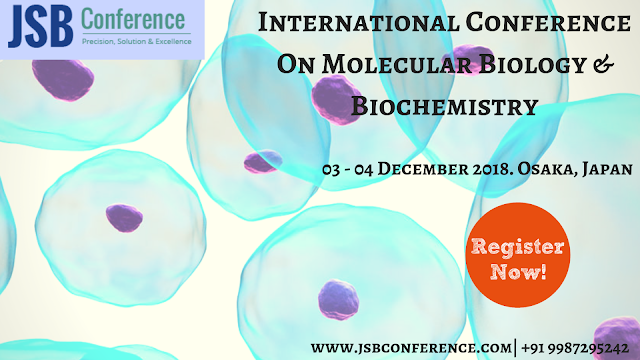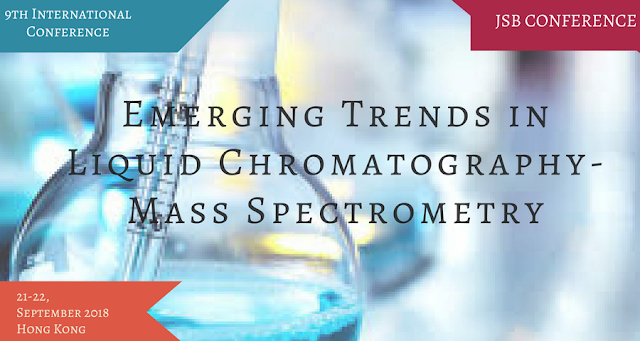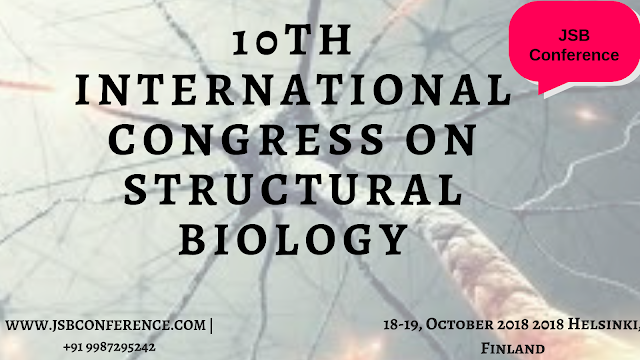Nanotech Changing life Forms at a Molecular Level
The world has been
into some of the deadliest biological threats in the current decade. Science
has manifested several new processes that can be attempted to save slightest of
the pathogenic disasters. Consequently, Nanotechnology is one such domain that
makes an attempt in the biological realm. It predominantly refers to the
combined process of nanotechnology and biology. The former largely has been
used in the manner of using devices that can penetrate at a much smaller level,
and when combined to biology it becomes a relatively usable technology.
International World Conferences across the world are in the process of implementing and discussing
aspects of Nanobiotechnology. The upcoming Conference in Europe, the Netherlands
demonstrates beneficial aspects for the technology.
What is Nanobiotechnology?
Nanobiotechnology
has categories that fulfill the need for relevant nanotools that can cure
medical as well as biological problems. Furthermore, several processes are
being implemented to refine these applications. Development of new tools and
certain applications of nanotechnology has the paved path of new ideas in
Nanobiotechnology. One such process has been undertaken in categorizing
ribosome.
The uses and processes.
Consequently, the
ribosome is termed as a biologically enhanced engine. It predominantly acts in
several processes to sustain life in the DNA structure. Peptoid nanosheets have
been also developed for purposes relating to medical and biological aspects.
They are described as a protein structure that is synthetically made from
peptoids. With the introduction of nanotechnology, they can be modified to have
a thickness of only about 3-4 nanometers, with length consisting of 100
nanometers. Furthermore, they have a two-dimensional structure forming the
shape of a paper at the diminutive size. Biomolecules, membranes and several
tissues are also being remodeled in the process of making them useful at
smaller sizes. This has been a major topic of discussion for most researchers
in the nanobiological domain.
Several other
aspects of a cantilever and array sensors are also in the analysis field, which
manipulates molecular processes in the cells of living organisms.
The Present use of Nanobiotechnology.
Currently, the use
of different microorganisms for formulation and integration of functional
nanoparticles has given a great deal of interest. Ordinarily, several
microorganisms have the tendency to manipulate and change an oxidation process
in some metals. The induction of these processes predominantly through
nanobiotechnology has given rise to new possibilities that can be explored. The
biosynthesis process of metals and nanomaterials is changing the vital aspects
of how cells at smaller level work. Consequently, microbial processes now can
be used for synthesizing nanomaterials. This is done in a so-called aqueous
phase under relatively stable and favorable environmental conditions. The green
biotechnology has benefited a lot from this research and hence is using
Nanobiotechnology for a sustainable development in the coming decade.
The future!
Nanotechnology is developing at a faster pace with
several strategies being done to merge biology and nanotechnology. Enhanced
conceptions are termed biological machines, giving rise to nanoparticles and
revelations in nanoscale. This marks a future where within the cell structure,
humans can modify numerous things. Scientists and researchers can imagine and
create systems profoundly for this domain. Furthermore, the use of
bionanotechnology does not have any potential hazards attached to it that could
be deadly



Comments
Post a Comment